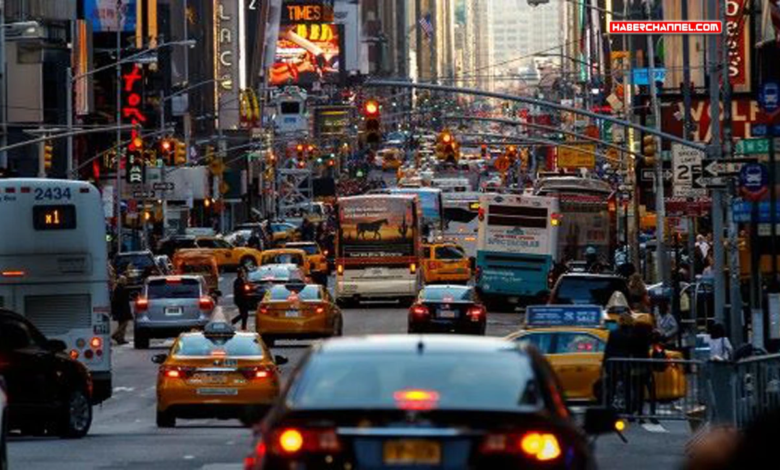U.S. News
New York City Rolls Out Congestion Pricing with $9 Peak Toll for Manhattan’s Business District
New York City has ushered in a new era of urban traffic management with the launch of its Congestion Relief Zone on Sunday, marking the first such initiative in the United States.

New York City has ushered in a new era of urban traffic management with the launch of its Congestion Relief Zone on Sunday, marking the first such initiative in the United States. Motorists driving into some of Manhattan’s busiest neighborhoods will now face a toll of up to $9 during peak hours, aimed at reducing traffic congestion and generating funds for public transportation.
Under this pioneering system, drivers entering Manhattan’s central business district will be charged $9 from 5 a.m. to 9 p.m. on weekdays and from 9 a.m. to 9 p.m. on weekends. This fee applies to most personal vehicles, with exemptions and discounts available for certain groups, including low-income individuals and those using public transit.
The introduction of the congestion charge has not been without controversy. Despite significant local opposition, including vocal criticism from President-elect Trump, and a last-minute legal challenge from New Jersey officials, the city has moved forward with its plan. The contention largely stems from concerns over the economic impact on commuters, potential increases in traffic in surrounding areas, and the overall effectiveness of the fee in reducing congestion.
Supporters of the congestion pricing argue that it will not only alleviate some of New York’s notorious traffic jams but also provide a substantial boost to the city’s public transit system, which has been struggling with funding issues. The revenue from the tolls is expected to fund improvements in subways, buses, and other forms of public transportation.
Critics, however, question whether the pricing will genuinely reduce the number of cars on the road or if it might simply shift traffic to other areas, potentially worsening congestion in outer boroughs or New Jersey. There’s also skepticism about whether the collected funds will be used as promised for transit improvements.
The implementation of the Congestion Relief Zone is being closely watched by other cities worldwide, as urban planners and policymakers debate the merits and drawbacks of congestion pricing. New York City’s approach could set a precedent for similar initiatives in other densely populated urban areas grappling with traffic and pollution.
As New Yorkers and visitors adjust to this new traffic regime, the long-term effects on traffic flow, air quality, and public transit usage will be critical metrics to watch. Whether this bold move will indeed offer relief from congestion remains to be seen, but for now, drivers heading into Manhattan’s heart will need to factor in this new cost.




